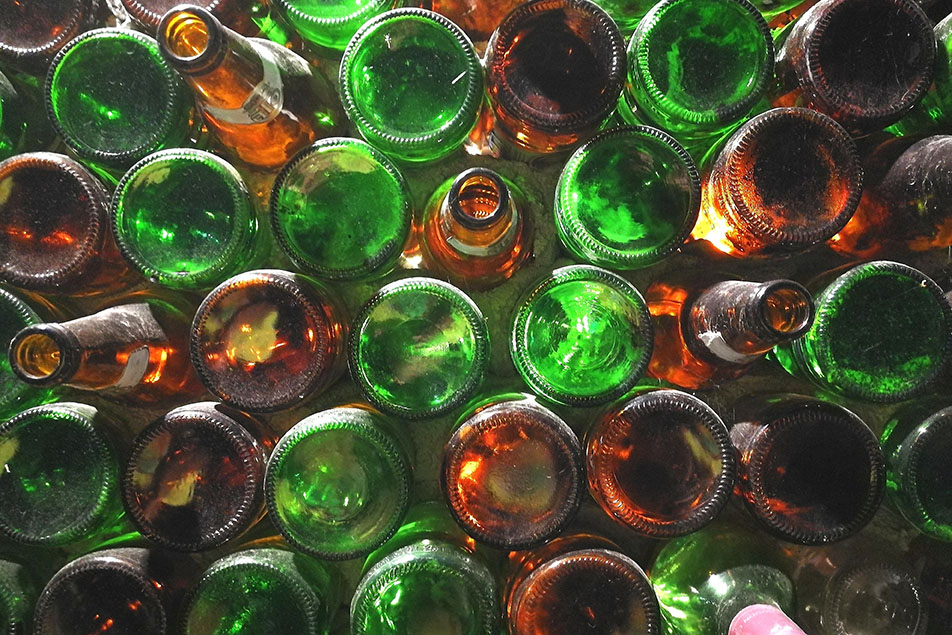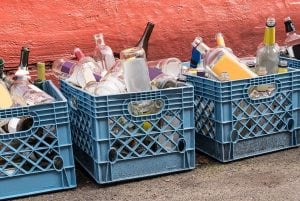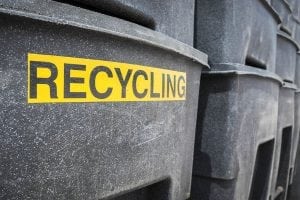 The recently formed Glass Recycling Foundation has a goal of raising $1 million over the next year to invest in glass recycling projects, according to a leader of the nonprofit entity.
The recently formed Glass Recycling Foundation has a goal of raising $1 million over the next year to invest in glass recycling projects, according to a leader of the nonprofit entity.

 The recently formed Glass Recycling Foundation has a goal of raising $1 million over the next year to invest in glass recycling projects, according to a leader of the nonprofit entity.
The recently formed Glass Recycling Foundation has a goal of raising $1 million over the next year to invest in glass recycling projects, according to a leader of the nonprofit entity.

After a three-year gap, curbside acceptance of glass has resumed in America’s fourth-largest city.

Ardagh Group will cease production at a glass bottle factory in Illinois, but the move isn’t expected to cripple glass recycling in the region.

A company that uses recovered glass to create construction materials is doubling capacity at its Pennsylvania aggregate manufacturing plant.
 A recent survey of materials recovery facilities in the Northeast asked them about the glass they’re generating. The answers paint a picture of a stream full of contamination and glass fines.
A recent survey of materials recovery facilities in the Northeast asked them about the glass they’re generating. The answers paint a picture of a stream full of contamination and glass fines.
 Citing market upheavals this year, Erie County, Pa. officials are asking people to stop putting glass in their curbside receptacles.
Citing market upheavals this year, Erie County, Pa. officials are asking people to stop putting glass in their curbside receptacles.
 U.S. fiberglass insulation manufacturers continue to consume great amounts of post-consumer recovered glass.
U.S. fiberglass insulation manufacturers continue to consume great amounts of post-consumer recovered glass.
 Nine percent of MRF operators say glass is accepted in their recycling program but they landfill it with garbage anyway. On the other hand, 43 percent ship their glass to bottle markets.
Nine percent of MRF operators say glass is accepted in their recycling program but they landfill it with garbage anyway. On the other hand, 43 percent ship their glass to bottle markets.

The country’s recycling and composting rate remains stuck at just over 34 percent, according to the U.S. EPA.
 Strategic Materials shut down its Franklin, Mass. facility last month, a development caused by the closure of a massive bottle manufacturer nearby.
Strategic Materials shut down its Franklin, Mass. facility last month, a development caused by the closure of a massive bottle manufacturer nearby.
